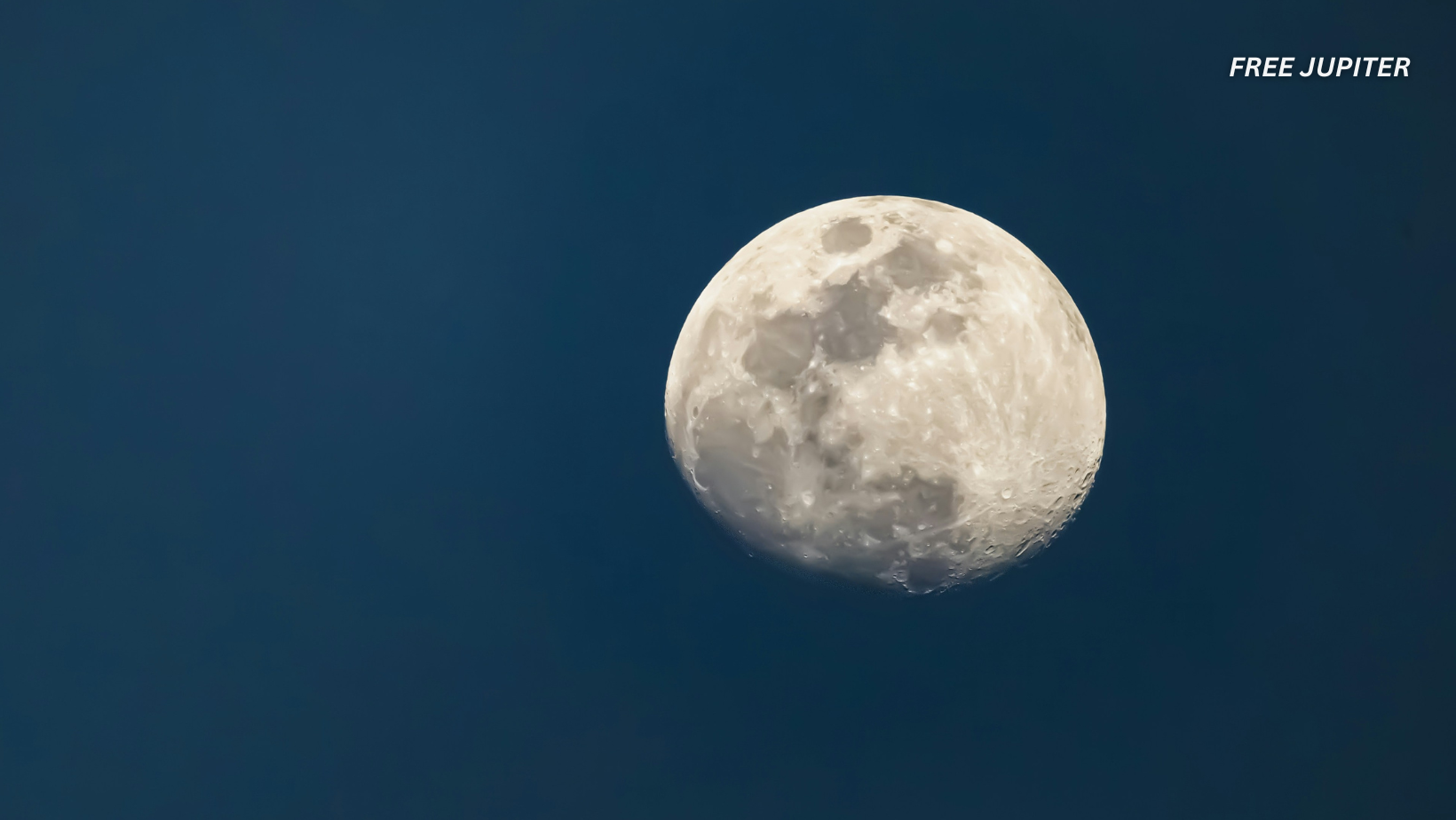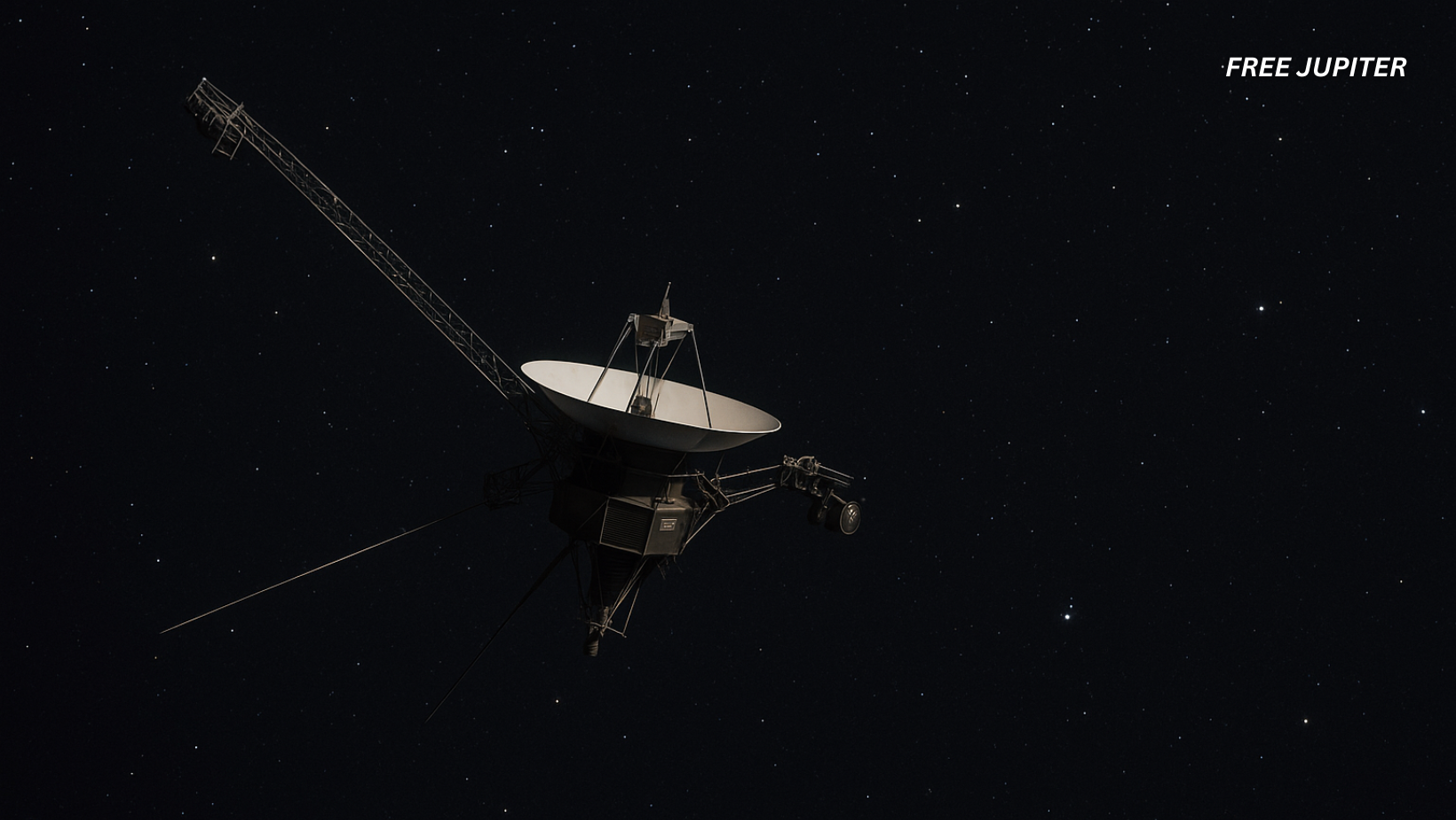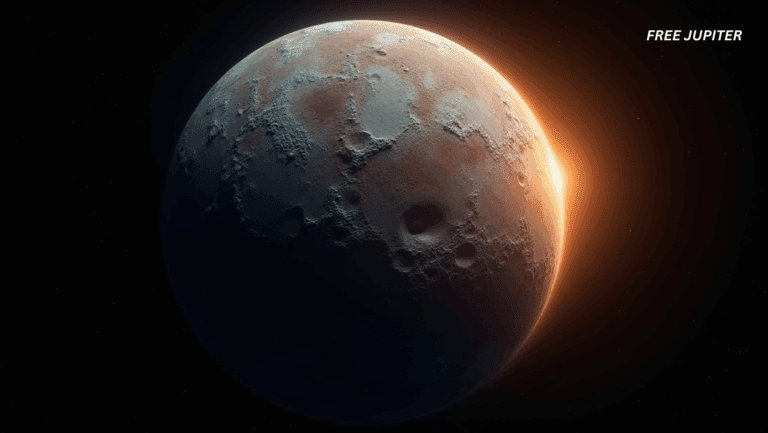The moon, our closest celestial neighbor, presents a fascinating dual personality. When we gaze up at the night sky, the face of the moon visible from Earth appears relatively smooth, adorned with vast, dark plains known as maria—ancient lava flows that have long since cooled. Yet, the moon’s far side, forever hidden from our view, tells a different story: a rugged, crater-pocked landscape that contrasts sharply with the near side’s calm visage. This striking disparity has puzzled scientists for decades. What causes one hemisphere to appear so gentle and the other so battered and rough? Recent scientific breakthroughs suggest that the answer lies deep beneath the lunar surface, in the moon’s internal temperature and structure.
Probing the Moon’s Interior: Insights from NASA’s GRAIL Mission
To unravel this mystery, NASA launched the Gravity Recovery and Interior Laboratory (GRAIL) mission, which consisted of two spacecraft named Ebb and Flow. These twin probes orbited the moon, meticulously measuring subtle variations in its gravitational field. By analyzing these fluctuations, scientists could infer the moon’s internal composition and temperature distribution without physically drilling into its crust.
Ryan Park and his research team harnessed GRAIL’s data to explore how the moon’s interior responds to gravitational forces exerted by Earth. Their focus was on a parameter called the gravitational tidal Love number, denoted as k3. This value quantifies how much the moon’s mantle—the thick layer beneath its crust—deforms when subjected to tidal forces. The results were surprising: the measured k3 was approximately 72% higher than what would be expected if the moon were a perfectly uniform sphere.
This finding revealed a crucial truth — the moon’s mantle is not homogeneous. The near side, which faces Earth, is warmer, softer, and more pliable, while the far side is cooler, stiffer, and less prone to deformation. This internal asymmetry likely explains the stark visual differences between the two hemispheres.
Read more: Earth Has A ‘Heartbeat’ That Pulsates Every 26 Seconds
Why Is the Near Side Warmer?
The question naturally arises: what causes the near side’s elevated temperature? The answer lies in the moon’s volcanic past and the presence of heat-generating elements. Billions of years ago, volcanic eruptions blanketed the near side with molten lava. As this lava solidified, it trapped radioactive elements such as thorium and titanium within the crust and mantle.
These elements continue to produce heat through radioactive decay, effectively keeping the near side’s mantle warmer by as much as 170 degrees Celsius (338 degrees Fahrenheit) compared to the far side. This persistent internal heat softens the rock, making it more flexible and responsive to gravitational stresses, which contributes to the higher k3 value observed by Park’s team.
The Tug of Tides: How Earth’s Gravity Shapes the Moon’s Interior
Tidal forces are not exclusive to Earth’s oceans; they also influence the moon’s internal structure. As the moon orbits Earth, gravitational pulls stretch and compress its interior rhythmically. However, GRAIL’s data showed that this stretching effect is not uniform across the lunar interior.
The warmer, more malleable near side bends and flexes more readily under tidal stress, while the cooler, rigid far side resists deformation. This uneven response creates gravitational anomalies and could be responsible for the clustering of moonquakes—seismic events deep within the moon’s interior—observed in specific regions.
Molten Pockets and Moonquakes: A Subsurface Connection
When rock reaches sufficiently high temperatures, it begins to partially melt. Park’s research suggests that beneath the near side, at depths ranging from 800 to 1,250 kilometers (approximately 497 to 777 miles), pockets of partially molten rock exist. These molten zones act as stress concentrators.
As tidal forces cyclically stretch and squeeze the moon’s interior, these melt pockets may respond more intensely, triggering moonquakes. The correlation between the depth of these molten areas and the locations of deep moonquakes points to a direct link between the moon’s internal heat and its seismic activity.
Read more: The Location Where Failed Soviet Spacecraft Hit As it Crashed Back To Earth After 53 Years In Space
A Tale of Two Hemispheres: The Moon’s Volcanic Past and Present
The moon’s current dichotomy is the legacy of its volcanic history. The near side’s vast lava plains, known as maria, are the dark patches visible from Earth. These plains formed when volcanic activity flooded the surface with molten rock, covering older, heavily cratered terrain.
In contrast, the far side did not experience such extensive volcanic resurfacing. Without the insulating effect of thick lava flows and the heat-producing elements they contain, the far side cooled more rapidly, resulting in a colder, more brittle crust riddled with craters.
Mapping the Moon’s Inner Landscape with Gravity
Rather than relying on direct sampling, Park’s team employed an ingenious method to investigate the moon’s interior—tidal tomography. By measuring how the moon’s gravity changes as it orbits Earth, they effectively created a detailed “X-ray” of its internal structure. This approach reveals variations in temperature and composition deep beneath the surface, offering unprecedented insight into the moon’s hidden layers.
Broader Implications for Planetary Science
The moon is not unique in exhibiting hemispherical differences. Mars, for example, displays a stark contrast between its smooth northern plains and rugged southern highlands. Similarly, moons like Saturn’s Enceladus and Jupiter’s Ganymede show signs of internal activity, such as icy plumes and magnetic fields, hinting at complex subsurface processes.
The success of tidal tomography on the moon opens the door to applying this technique to other planetary bodies. By analyzing gravitational data, scientists can explore the internal dynamics of distant worlds without the need for costly and challenging lander missions.
Upcoming Missions and the Future of Lunar Exploration
NASA’s upcoming lunar missions, including the Farside Seismic Suite and the Lunar Geophysical Network, aim to deepen our understanding of the moon’s interior. These missions will monitor moonquakes with greater precision and map the mantle’s structure in finer detail.
They may confirm the presence of molten zones, determine their exact depths, and even detect signs of ongoing volcanic or tectonic activity. Such discoveries could reshape our understanding of the moon’s geological evolution and its current state.
Read more: Researchers Discover Why Ancient Roman Concrete Has Survived for Thousands Of Years
The Moon’s Ongoing Geological Story
Far from being a dead, static world, the moon appears to harbor lingering heat and dynamic processes beneath its surface. The thermal imbalance between its two sides, rooted in ancient volcanic activity and radioactive decay, suggests that the moon’s interior remains partially active.
This ongoing internal activity may influence future moonquakes and could have implications for human exploration and habitation. Understanding the moon’s internal heat and structure is not only a scientific pursuit but also a practical necessity as humanity prepares to return to the lunar surface.










